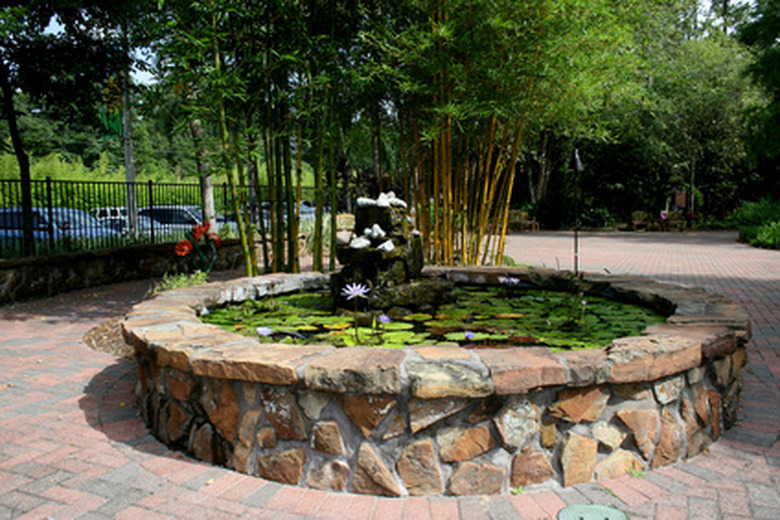The Characteristics Of A Water Hyacinth
The water hyacinth is an aquatic plant, meaning that it grows partially or wholly in water. Water hyacinths originated in the Amazon basin and are now grown in ornamental garden ponds across the world. They can live and reproduce floating on the surface of fresh waters. They can also survive (and thrive) when anchored in mud.
Habitat
The water hyacinth is generally found floating upon the surfaces of lakes or growing in muddy areas close to water. It is particularly suited to tropical and sub-tropical climates and can be found in many areas across the globe, including southern USA, South America, East, West and Southern Africa, Southeast Asia and Australia. The water hyacinth even appears in Europe, although usually only in gardens where it has been specifically reared, as the conditions in Europe are not favorable to its growth.
Growth
A key characteristic of the water hyacinth is its growth. The plant grows at an astonishingly rapid rate; because it is asexual, it is able to reproduce without relying upon insect or wind pollination for fertilization. Provided it has the correct conditions for growth, including a warm temperature and a high moisture level, the water hyacinth can reproduce almost constantly, covering huge areas, such as the surface of a lake.
Leaves
The leaves of the water hyacinth are another noticeable characteristic. The leaves of the plant contain air-filled tissue, which gives the plant its unusual buoyancy, allowing it to float completely unsupported. The stems of the plant are filled with the same tissue, which allows the stems to support the leaves without dropping below the surface of the water. Leaves are 10 to 20 cm across, much larger than the flowers, and float above the water surface.
Flowers
The flowers of the water hyacinth are purple with blue and yellow markings. The flowers grow in small clusters around the leaves and are similar to lilies in appearance. Each flower measures four to seven cm in diameter, and each stalk bears, on average, between six and 10 flowers. The flowers are considered highly attractive, and the water hyacinth is often a feature of ornamental ponds and botanical gardens.
Size
The height of the water hyacinth can vary from a few centimeters to around a meter. However, the rapid rate of growth means that the plant rarely stays small for long. As the plant reproduces, it spreads outwards, meaning that patches of water hyacinth are often a couple of meters wide. This can dramatically reduce the light and oxygen available to other plants.
